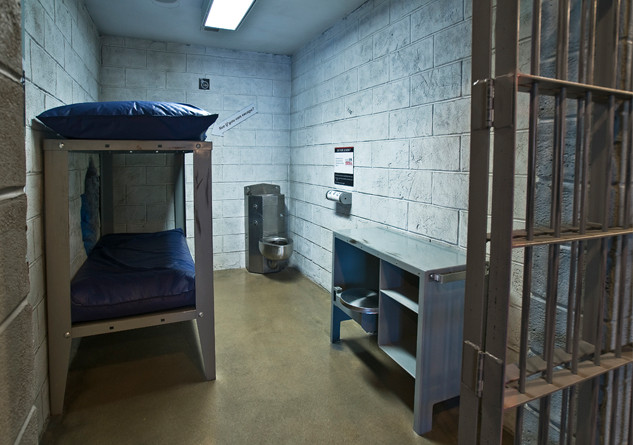Hilbert Morales / EL OBSERVADOR
A recent “Comunidad del Valle” (Damian Trujillo, Producer, NBC TV 3) broadcast asked the question: Are female inmates being treated the same regardless of their gender?” The guests were Carla Colins, Program Manager, Office of Woman’s Policy and Lupe Rodriguez, Chair, Commission on the Status of Women, County of Santa Clara (CoSC). Lupe is also a monitor who visits the Women’s Jail at Elmwood where she interacts with the incarcerated women under an MOU (memorandum of understanding) signed two years ago.
Lupe Rodriguez had recently presented to the Board of Supervisors a Commission on the Status of Women report which contained recommendations based upon the the data collected during their two years of study which included interviews with women inmates; their own observations; and the evidence based recommendations resulting from these monitoring & oversight efforts. Inmates experienced lack of needed health care services, education and training programs which were designed to inform and enable women (existing programs were designed for men). The information gathered was not second hand hearsay; rather it was obtained face to face by the women’s jail monitors.
The Commission on the Status of Women collected the women inmates’ direct experiences with regard to security issues and a comprehensive view of the vast variety of experiences these incarcerated women faced and experienced in their Elmwood Women’s Jail facility. The report highlighted some stories and situations disclosed by female inmates. Data provided by the Department of Corrections was used; compelling anecdotal statements were included; and the ‘gaps’ in services needed by women was corroborated by both the data collected and the demographic diversity extant. A goal is to enable better ‘family and community re-entry success’. A purpose is to improve things through their recommendations presented to the BOS.
Damian Trujillo asked, “Is this exclusive to Santa Clara County or is it a systemic issue nationwide?” Rodriguez replied, “It is absolutely a nationwide issue.”. Carla Collins said, “What we know is that since the 1990’s there has been a huge increase nationwide in the number of women who are incarcerated. Most are due to addictions. Our communities are not really safer after changes in the laws. What we see locally is the same as what we see nationally. Women inmates tend to be ‘non-violent low level offenders who are ‘custodial mothers’. Therefore when a mother is jailed, the impact on the family is very extensive.”
Collins continued, “What we also know is that jails and prisons were designed to jail very dangerous violent men who are a threat to society. And, rightfully so. We need that for our protection. But we are treating women inmates the same as men. What the jail monitoring has highlighted is that when women’s path to criminality is different than men’s. Their service needs are different. Re-entry needs are different because women need to reunite with their children and families in addition to having education and job training services. Incarcerated women need different information and skill sets to be successful when re-entering society and re-connecting with their families & children. We need to prepare them for a higher level of success (which leads to lower rates of recidivism). We need to help them be the successful individuals who live side by side with us in our communities. So, if we are not taking into account the different needs of women inmates, we are failing them and their communities. This “women’s jail monitoring program” is just a few years old, is the only program and study that is methodically looking at the entire extensive system from entry to jail to release/re-entry into the community. It is a very extensive expensive system and we can do better.”
Trujillo asked of Lupe Rodriguez, “Is this something we must do now or does this require a collaborative long term approach?” Rodriguez replied, “We have been very fortunate to devise a very collaborative process with the Department of Corrections. It began in 2013 with our Memorandum of Understanding (MOU) for this monitoring study. For more information go to <www.sccgov.org/sites/OWP/Pages> or phone: 408-299-5152.
EO points out that CoSC’s Boards and Commissions could use more Latinos(as) as participants in their monitoring and oversight programs which bring to light issues which are the source of much human travail. EO thanks Lupe Rodriguez, Chair, Commission on the Status of Women for her leadership (time, talent, and personal treasure expended on behalf of the community and society).





